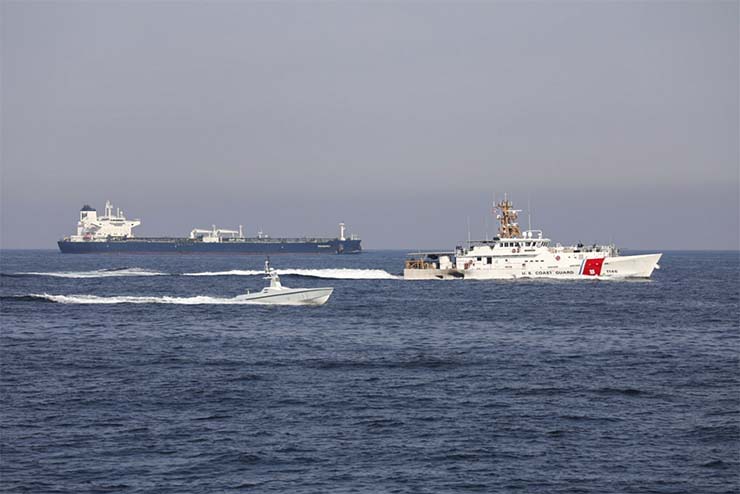
Washington: The US Marine Corps is conducting market research into small drone boats as part of a push to boost the service’s reconnaissance capabilities and prepare for conflict near shore.
Marine Corps Systems Command posted a request for information asking for the industry’s capabilities to provide unmanned surface vessels that can sense at sea. The request for information says the Corps “is seeking” the vessels, but notes the request doesn’t mean the service is obligated to buy anything.
As part of the Force Design 2030 modernisation initiative, the Marine Corps plans to use uncrewed technology for purposes as wide-ranging as communications, logistics and delivering fires. Another key part of Force Design is revamping Marines’ intelligence, surveillance and reconnaissance capabilities in preparation for a potential fight with a high-tech adversary, particularly the Chinese military. That’s where these unmanned vessels could come in.
The Corps would like the vessels to have sensors for detecting and recognising other objects on the water, according to the request for information. Marines would control the vessels from shore or from elsewhere on the sea, according to the request for information. The vessels would be geared toward a “littoral operating environment,” meaning waters close to land.
They ideally would be light enough to get lugged around by a Marine CH-53 heavy-lift helicopter or light tactical vehicle, and small enough to fit into C-130 transport aircraft.
The request for information calls for “non-developmental solutions,” items that already have been developed and may be in use elsewhere in the government. Vendors should provide information on how long procurement would take, the Marine Corps said.
The request leaves many of the details, including the boats’ size and architecture, up to the vendors. The Corps also wants information about systems that could enable the vessels, including automated threat detection, mine detection, and autonomous launch and recovery.
Sea service leaders have said they see unmanned vessels playing an important role in future conflict at sea, and the Navy already makes use of them. The Navy envisions a future fleet made up of about 373 manned ships and 150 unmanned vessels.















